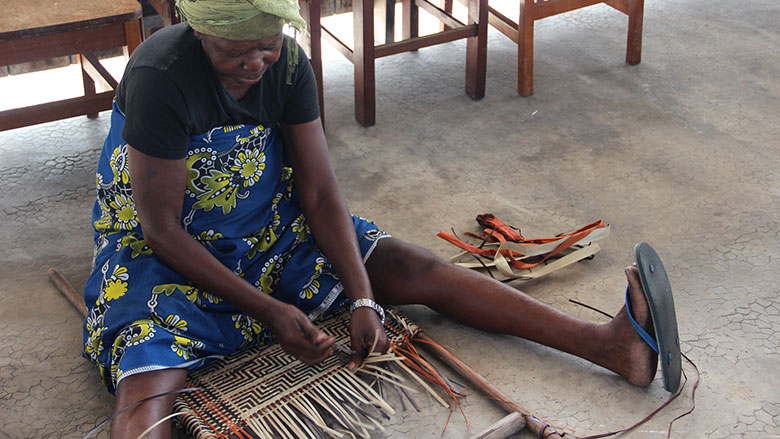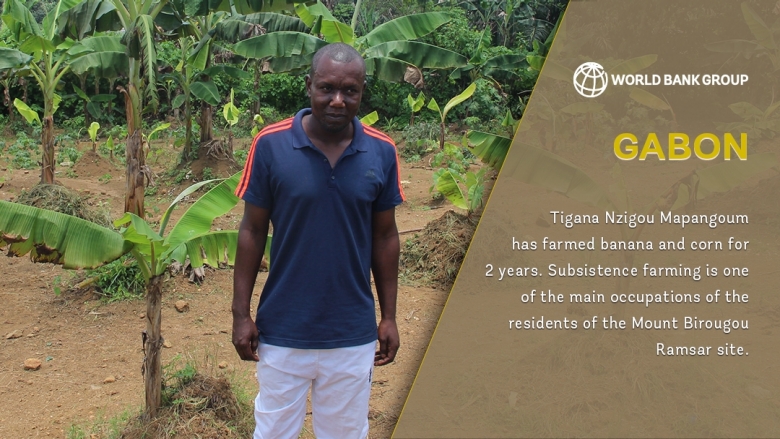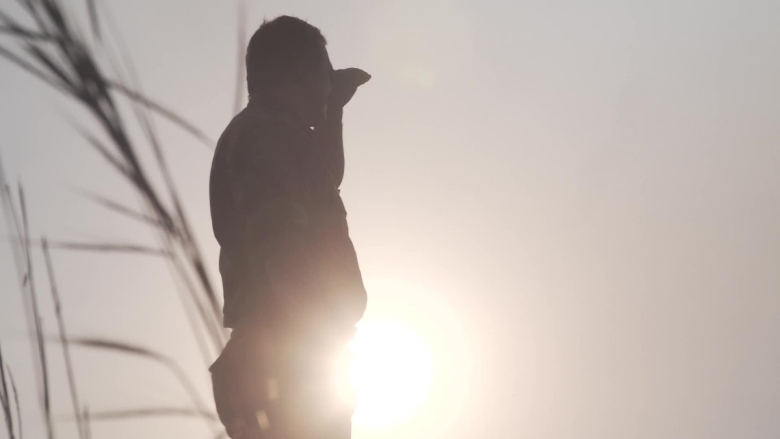LIBREVILLE, May 23, 2017—Walking meters from a herd of elephants, watching hippopotamuses splashing about in the mangroves to cool down, or observing young tarpon leaping in and out of the water is, without a doubt, a magnificent and unforgettable spectacle. Marveling at these sights is still possible at the Setté Cama site in Ogooué-Maritime province in southwestern Gabon. But for how much longer?
The Setté Cama and Petit Loango wetlands are protected under the Ramsar Convention and essentially incorporate five distinct environments: swamps and prairies, permanently flooded forests, terra firma forests, coastal plains, and two large lagoons replete with numerous mangroves and rivers. The sites, which cover a total area of 370,000 hectares, are home to exceptional species of fauna and flora, a deep knowledge and understanding of which is required to more effectively protect them.
It is with this goal in mind that the World Bank decided to finance the Sustainable Management of Critical Wetlands Project for Gabon (PAZH). The objective of this project, the implementation of which began in July 2014, is to enhance the protection of biodiversity in forest wetlands and help implement conservation measures for the sustainable management of these ecosystems.
Anicet Megne also works on the PAZH project. Standing at 1.83 meters, this 52-year-old conservationist relentlessly monitors the national park’s biodiversity and ecosystems with his teams of eco-guards. “We are responsible for securing and protecting the habitat. Loango is a flagship park with elephants, gorillas, buffalo, and monkeys, and that’s just the mammals. However, the violations that we are seeing affect all animals. We are dealing primarily with illegal fishing and poaching,” he explains.
“The financial and material support that we receive from the PAZH project allows us to both cover a wider area of the RAMSAR-classified sites and to protect the fauna and flora in these areas better,” he adds.




